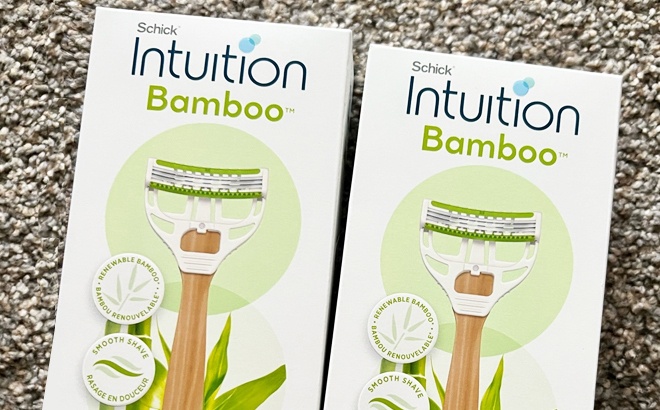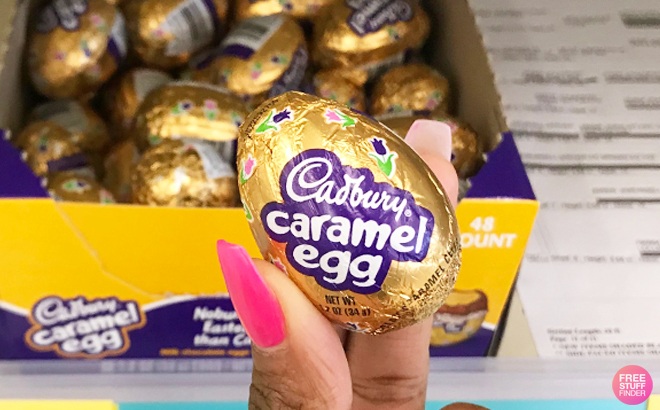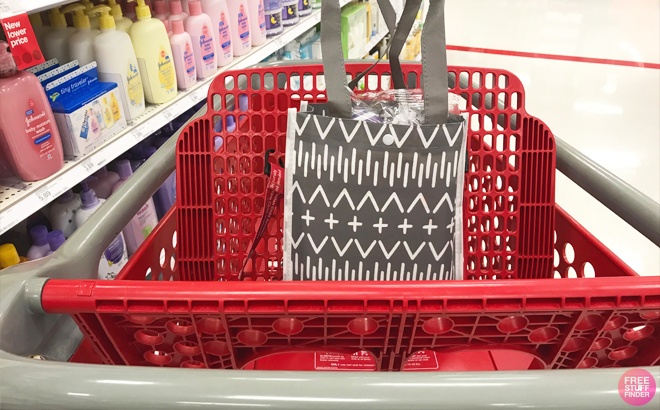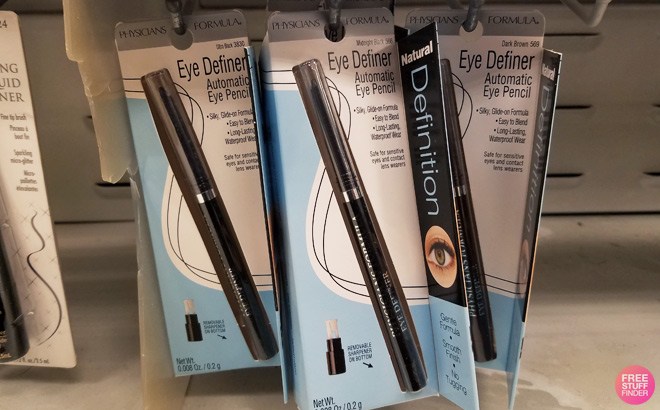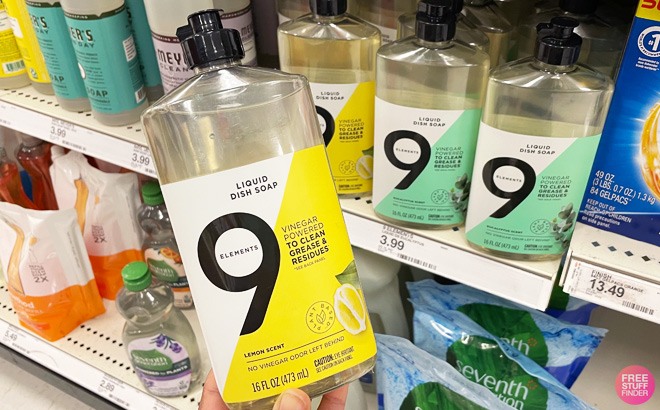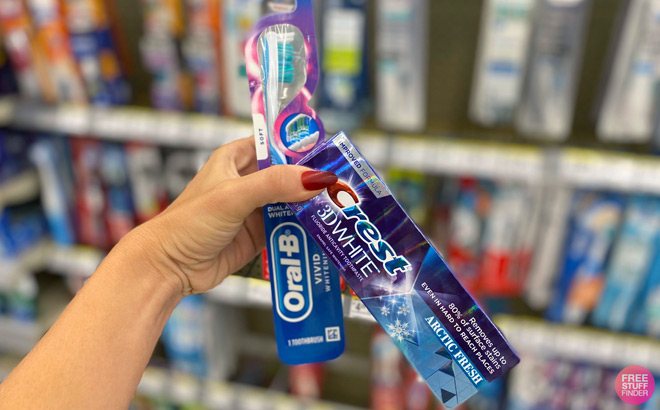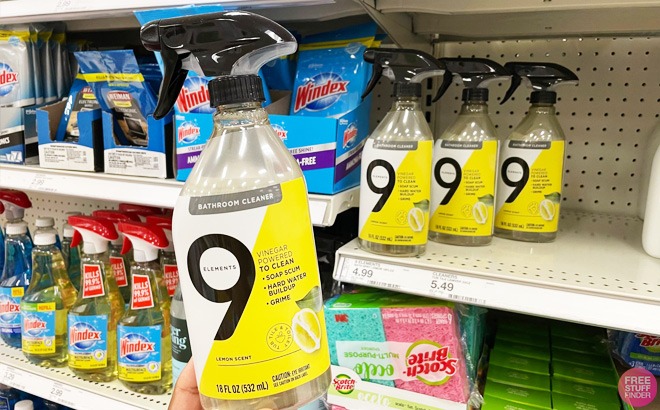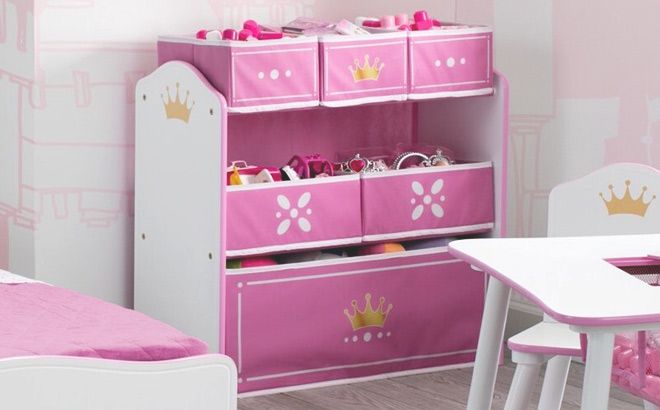In an age where consumerism is often associated with excess and waste, a quiet revolution is taking place that encourages a return to simplicity and sustainability. Enter the world of second-hand and refurbished products—a treasure trove of hidden gems waiting to be discovered. As budgets tighten and environmental concerns loom larger than ever, savvy shoppers are increasingly turning to these alternatives, unlocking savings that come not just in dollars, but in the satisfaction of making informed, eco-friendly choices. This article delves into the myriad benefits of buying second-hand and refurbished items, exploring how these smart options can lead to substantial savings while promoting a greener planet. Whether it’s fashion, electronics, or home goods, the journey toward a more sustainable lifestyle begins with a single, thoughtful purchase. Join us as we uncover the art of smart shopping, where value meets virtue.
Exploring the Financial Benefits of Second-Hand Treasures
When you opt for pre-loved items or refurbished products, the financial perks can be significant, opening doors to quality and variety at a fraction of the original price. Not only do you save money, but you also contribute to a more sustainable economy. Consider these advantages:
- Reduced Prices: Second-hand items often come with remarkable discounts, making it possible to snag high-quality brands without breaking the bank.
- Unique Finds: Shop for distinctive treasures that retail stores might not carry anymore, allowing for a personalized touch to your purchases.
- Less Depreciation: Unlike new items that lose value immediately once bought, second-hand goods maintain their worth better, providing durability for your investment.
- Multiple Uses: Many refurbished products are upgraded and come with warranties, ensuring functionality while delivering exceptional savings.
To illustrate the savings effectively, here’s a simplified comparison table showcasing typical price differences between new and second-hand items:
| Item Type | New Price ($) | Second-Hand Price ($) | Savings ($) |
|---|---|---|---|
| Smartphone | 800 | 400 | 400 |
| Designer Handbag | 1200 | 600 | 600 |
| Dining Set | 1000 | 300 | 700 |
By making the switch to second-hand and refurbished options, you not only enhance your shopping experience but also embrace a financially savvy lifestyle that celebrates both savings and sustainability.
Making Informed Choices: A Guide to Quality Refurbished Products
When diving into the world of refurbished products, making informed choices is essential to ensure value and reliability. Look for vendors who offer comprehensive warranties and clear return policies, as these are indicators of quality assurance. It’s wise to consider the following factors:
- Certification: Opt for products that have been certified by reputable manufacturers or third-party organizations.
- Condition Grade: Familiarize yourself with the grading system used to categorize the condition of refurbished products; grades may range from ‘like new’ to ‘acceptable.’
- Warranty and Support: Check if there’s a warranty period—this not only reflects confidence in the product but also offers peace of mind.
- Customer Reviews: Research customer experiences and ratings to gain insight into the product’s actual performance post-refurbishment.
Additionally, an insightful comparison of refurbished versus new products can clarify potential savings:
| Aspect | Refurbished | New |
|---|---|---|
| Cost | Typically 20-50% less | Full retail price |
| Warranty | 1-2 years | Usually 1 year |
| Environmental Impact | Reduces e-waste | Higher resource consumption |
In Conclusion
In a world where sustainability and budget-consciousness go hand in hand, embracing the charm of second-hand and refurbished products can unlock a treasure trove of savings. As we’ve explored, these savvy choices not only help you stretch your dollars further but also contribute to a more sustainable future by reducing waste and minimizing the demand for new resources. So, the next time you’re in the market for a new gadget, piece of furniture, or even a stylish outfit, consider stepping into the world of pre-loved items. With each purchase, you’re not just making a smart financial decision; you’re also taking a step toward a more responsible and environmentally friendly lifestyle. Happy thrifting!






